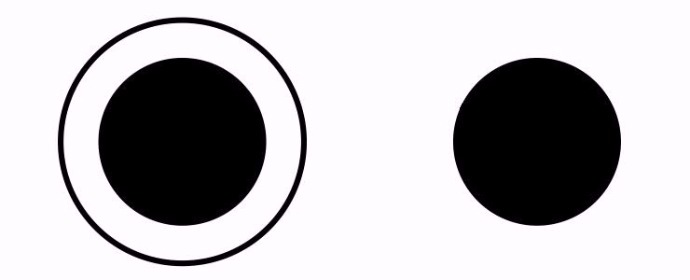

“So at home, it’s especially important to take these preventive measures.”Īs the journal article puts it, it’s easier to change our personal environment than to change our mind. “Even when we tell people, ‘Listen, this illusion takes place, so please be careful when you serve yourself food,’ they still mess up,” says van Ittersum.

Laughing, he says it’s “all very technical.” But the bottom line is that choosing dinnerware based on its size and contrast with the food or table is a much more effective strategy than education. “If you put a white plate on a white tablecloth, the illusion kind of disappears because you eliminate the outside circle and just focus on the inside circle,” explains van Ittersum. It should be noted, however, that it’s difficult to tie perception of serving size and consumption to one single psychological process. They goal of this study was to find out how susceptible the subjects where to the Delboeuf illusion. This, again, comes back to the Delboeuf illusion. The researchers suggest that this may be because contrasting food and plate colors reduce the effect of the Delboeuf optical illusion. During the studies, males and females were exposed to quantities of food on different sized plates. Importantly, the researchers found that a table or tablecloth similar in colour to the dinnerware significantly diminished over-serving tendencies. “If you want to reduce the amount of unhealthy food you eat, you want to choose a plate that really contrasts with it if you plan to eat healthy food and want to eat more, you want to choose a plate with a lower contrast,” says van Ittersum, an associate professor of marketing at Georgia Institute of Technology. This advertisement has not loaded yet, but your article continues below. Manage Print Subscription / Tax Receipt.


 0 kommentar(er)
0 kommentar(er)
